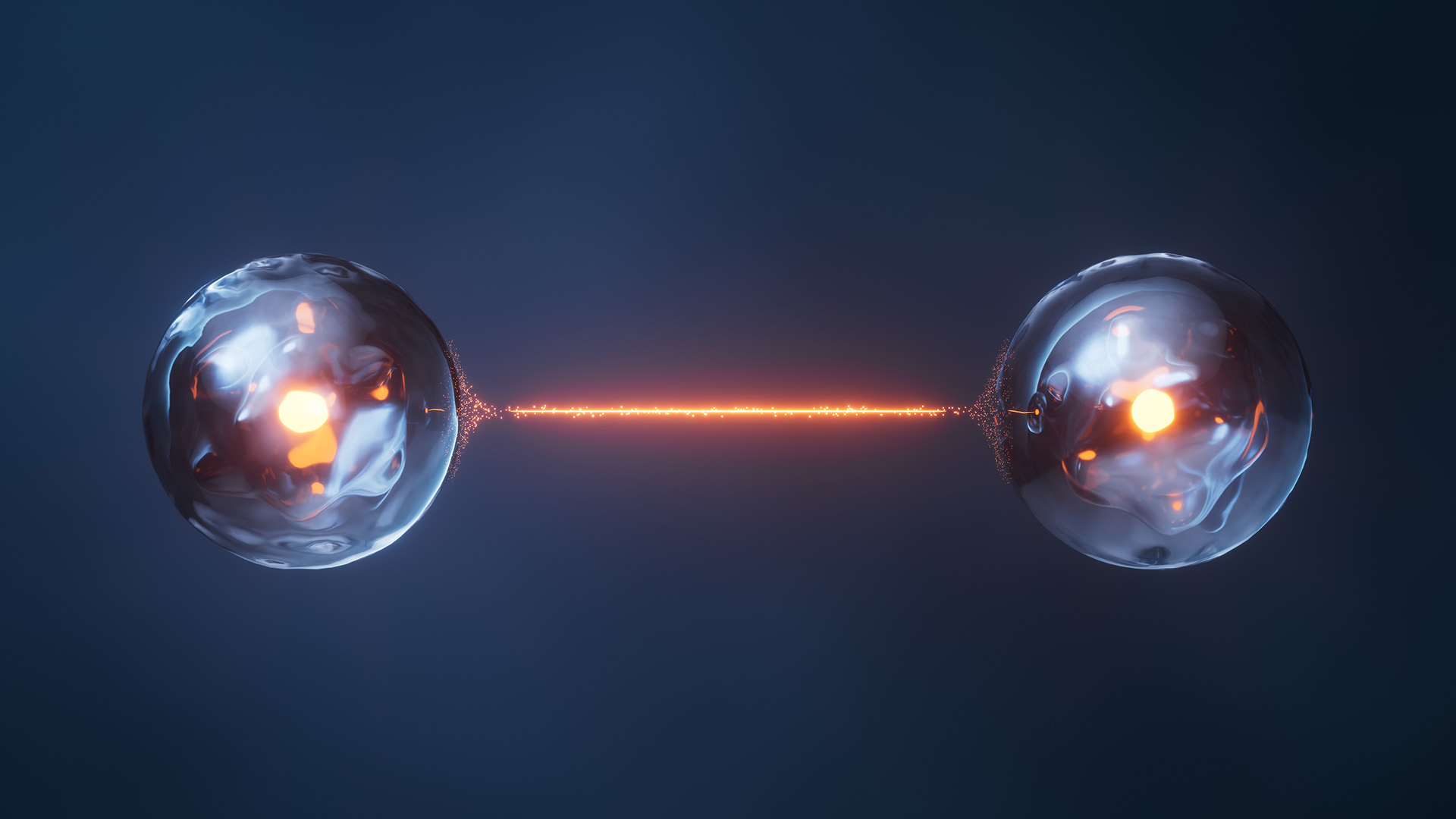HUN-REN Space Experiments Prove Successful
Tibor Kapu, the Hungarian research astronaut who returned on Tuesday, tested a new tracking method aboard the International Space Station and presented a striking demonstration of a recent Hungarian mathematical discovery. Images of active thunderstorms over the Earth’s night side were also captured from space during the Hungarian space mission.
As part of the HUNOR programme, Tibor Kapu conducted an Earth observation experiment for the HUN-REN Institute of Earth Physics and Space Science (HUN-REN EPSS) as part of his scientific mission. The Hungarian research astronaut photographed upper-atmospheric electrical activity occurring over the night side of the Earth.
The primary aim of the experiment was to observe lightning activity and the associated electrical flashes of light appearing above thunderclouds – so-called transient luminous events (TLEs). József Bór, a researcher at HUN-REN EPSS, stated that during the preliminary quality check of the mission’s video recordings, two sprite-type TLEs had already been identified. These are the first lightning-related phenomena above cloud level to be detected and confirmed as part of the UHU Earth Observation Experiment. He added that access to several recordings will be made available at a later stage, but that further TLEs are expected to be found upon more detailed review of the current dataset. The UHU experiment can already be considered a success: in addition to the sprites, numerous lightning flashes are clearly visible in the video frames. Images captured from space will also be suitable – among other uses – for verifying the detection efficiency of ground-based lightning networks, and for the application of thunderstorm-related electrical activity data in climate research.
Tibor Kapu conducted measurements in space related to a new tracking method developed by the HUN-REN Alfréd Rényi Institute of Mathematics. Miklós Kornyik, the project leader and a researcher at the institute, explained that in addition to the baseline experiment, an extended measurement was also carried out, during which their application recorded calibration data across two full orbits. “In both cases, Tibor successfully uploaded the datasets to Axiom’s cloud platform. The data is currently held by NASA. Preliminary results are expected within a few weeks of gaining access to the data,” the HUN-REN researcher added.
The tracking method tested on the International Space Station as part of the HUNOR programme is used in various fields, including medicine, robotics, and even video games. The algorithms that can be developed based on the experiment may prove particularly useful for space navigation, the coordinated control of multiple spacecraft, docking operations, and maintenance operations.
Tibor Kapu also worked with 'soft cells', discovered in 2024 by applied mathematicians from the HUN-REN–BME Morphodynamics Research Group. These special spatial forms, which are capable of filling three-dimensional space without corners, were represented in space by a particularly symmetrical example of the family. The research astronaut took this example with him to perform two demonstrations that can only be carried out in microgravity, in order to highlight the important and visually striking properties of the shape. In the first demonstration, he used the soft cell to create bodies of water, taking advantage of the fact that the theoretical structure leads to minimal surfaces. In the second, he assembled multiple soft cells into a connected structure to show how these shapes interlock in an unusually stable way.
Gábor Domokos, head of the research group and one of the inventors of the soft cells, described the incoming images as a stunning sight. He expressed his hope that these recordings might spark an intellectual impulse somewhere in the world – one that could soon lead to the direct application of this very recent theoretical breakthrough.
Crystal chemists from the HUN-REN Centre for Natural Sciences, in cooperation with the HUNOR (Hungarian to Orbit) programme and the Japanese space industry’s central company, JAMSS, spent a month growing single crystals from a new organic compound aboard the International Space Station. The experiment was conducted as part of the Kirara-6 mission, delivered by the earlier SpaceX CRS-32 cargo flight. Under microgravity conditions, crystals form with greater structural order, making them more suitable for scientific analysis than those grown in any laboratory on Earth.
This successful experiment could open up new avenues in chemical research and industrial applications, as it marks the first time a hydrogen-bonded framework has ever been crystallised in microgravity. Although hydrogen bonds are weaker than the interactions typically used in previous framework structures, making the crystal more fragile, chemical processes involving such materials can proceed with lower energy input. The experiment also provides a theoretical foundation for future research.
The detailed structural analysis is being carried out by Dr Petra Bombicz and her research group, using the crystal that returned intact from the Space Station despite the effects of vibration during re-entry. Measurement data for the reconstruction were recently collected at the Diamond Light Source facility in the UK. The scientific community is eagerly awaiting not only the publication of this first-ever hydrogen-bonded framework, but also the description of the novel vapour-absorption method developed at the Budapest research institute for its creation.

